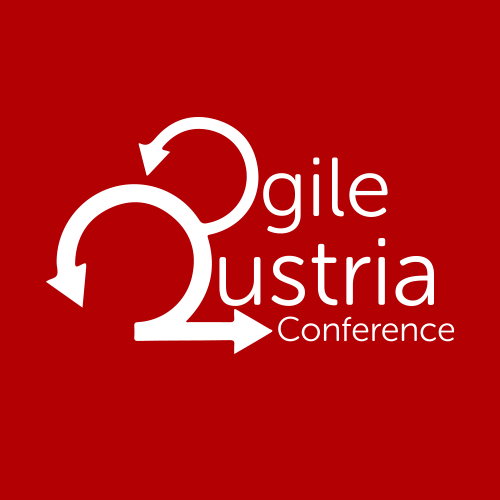Attendee Information
Agile Prague conference is getting closer.
Please come to the registration desk at 8:30 am so we allow the conference to start on time.
All you need to register is your name and company, the badges are sorted by the first name.
read more »
Join the Certified Designing Agile Organizations Workshop with Jurgen De Smet
Join a two-day Certified Designing Agile Organizations workshop on Sep 17-18 as a combo with the conference (Sep 15-16). The capacity is limited!
read more »Join the ICAgile Professional Agile Coaching Certification Workshop with John Barratt
Join a two-day ICAgile Professional Agile Coaching Certification workshop on Sep 17-18 as a combo with the conference (Sep 15-16). The capacity is limited! Sold out, waitlist only.
Open Space
Wouldn’t it be great to go to a conference that included all of the topics that are most interesting to you? A conference that addressed your most pressing questions?
That’s what the Open Space sessions are for. It’s the part of the conference that you get to design.
Join the lunch Open Space and deepen your learning experience.
read more »
Alan Brown - Practical Lessons for Agility in Global Enterprise Software Delivery

Alan W. Brown /Spain/ is an IBM Distinguished Engineer at IBM Rational software. Alan´s current assignment is IBM Rational CTO for Europe. He works with customers around the world consulting on software engineering strategy as it pertains to enterprise solutions, process improvement, and the transition to service-oriented solutions through IBM Rational's software delivery platform.
In this role Alan defines IBM Rational's strategy as it relates to enterprise solution delivery, software delivery economics, and distributed software and systems delivery. This involves working with engineering teams on product architecture, product management groups on creating plans, and marketing and field teams on positioning IBM Rational's products and services.
Alan came to Rational in February 2001 through Rational's purchase of Catapulse Inc., a Silicon Valley start up funded by Rational Corp. and Benchmark Capital. Previously Alan was VP of R&D for Computer Associate's Application Development products where he was responsible for advanced technology activities across the group. He advised on specifications for new software products and the future direction of enterprise application and component-based software development products across the company.
Alan has also spent 5 years working at the Software Engineering Institute (SEI) at Carnegie Mellon University in Pittsburgh, PA. There Alan led a team working with several large US government clients supporting their disciplined adoption of software tools and practices, performed architectural design reviews on numerous large systems, and contributed to several industry and government standards activities.
In April 2006 Alan was also appointed as Adjunct Professor at NC State University. In this role Alan is acting as advisor to computer science faculty and students on software engineering topics, is a co-founder of NC State's Center for Open Software Engineering (COSE), and is assisting in the revision of software engineering curricula.
Alan has extensive experience in service-based design, component-based development, software engineering environments, and enterprise application development tools. He has published over 50 papers, authored four books, and edited an additional three books. Alan holds a PhD in Computing Science from the University of Newcastle-upon-Tyne, UK.
Practical Lessons for Agility in Global Enterprise Software Delivery
There are many pressures on software delivery organizations to produce more software faster in the context of extreme cost pressure and growing globalization of the software delivery organization. How can these pressures be addressed while maintaining software delivery quality and productivity? This presentation will explore the changes in software delivery models that have taken place in recent years, and the ways in which overall software delivery quality can be managed in the current environment. In particular, we will discuss several real world experiences where large commercial organizations have achieved significant improvements in software quality and productivity when adopting more agile practices. We will conclude with a set of best practices for adopting "agile at scale" that can be applied to your own organization to provide measured improvements in your software delivery model.
A Case Study in Agile-at-Scale Delivery
Many individuals and teams involved on projects are already using agile development techniques as part of their daily work. However, we have much less experience in how to scale and manage agile practices as part of a concerted effort of improvement across an integrated supply-chain for enterprise software delivery. In this talk we discuss the scalability of agile approaches through a detailed case study in agile adoption. In the context of this example we examine how “agility-at-scale” is applied, describe the key scaling factors and their impact on agility, and review some of the rollout and deployment issues that can limit the adoption of agile approaches in practice.



















